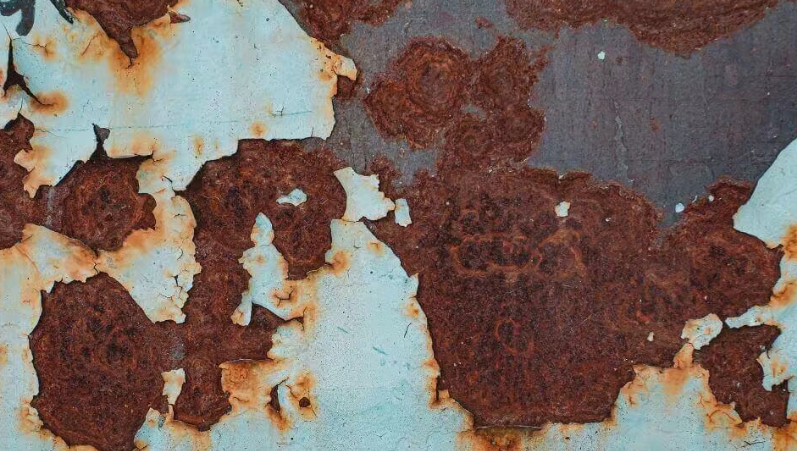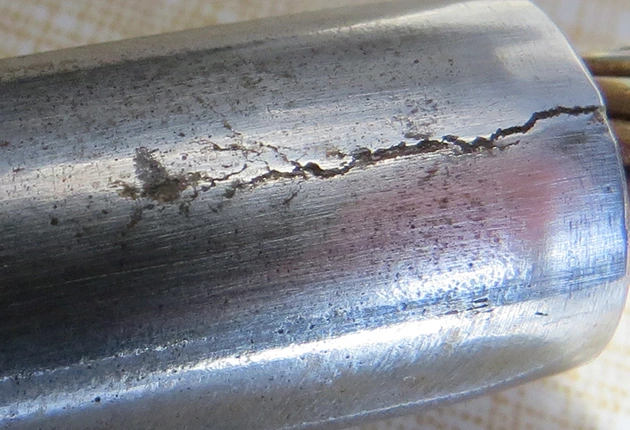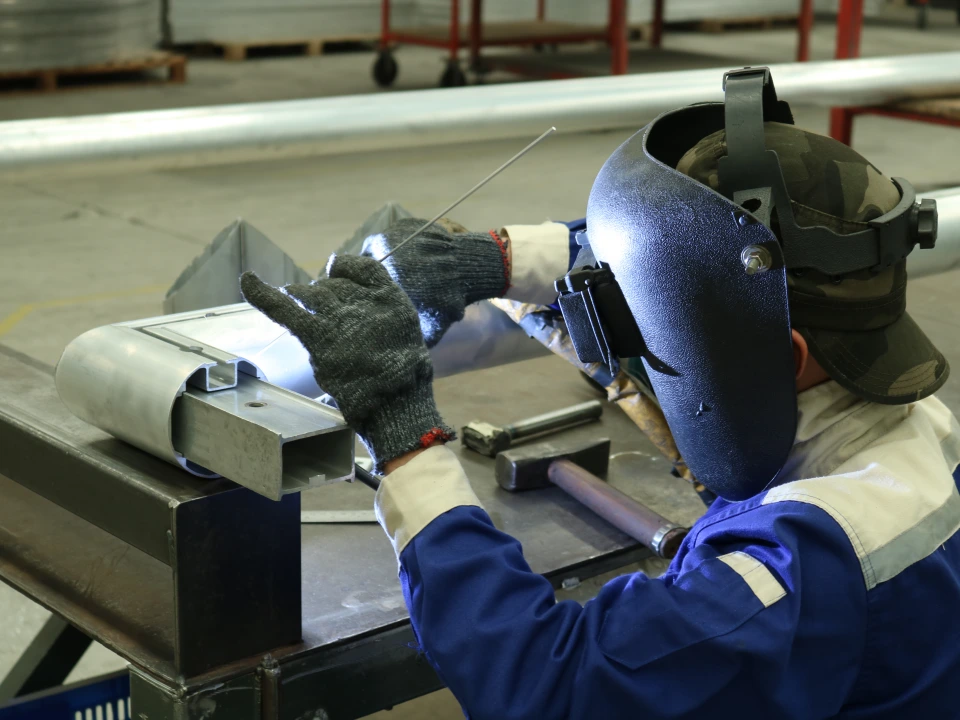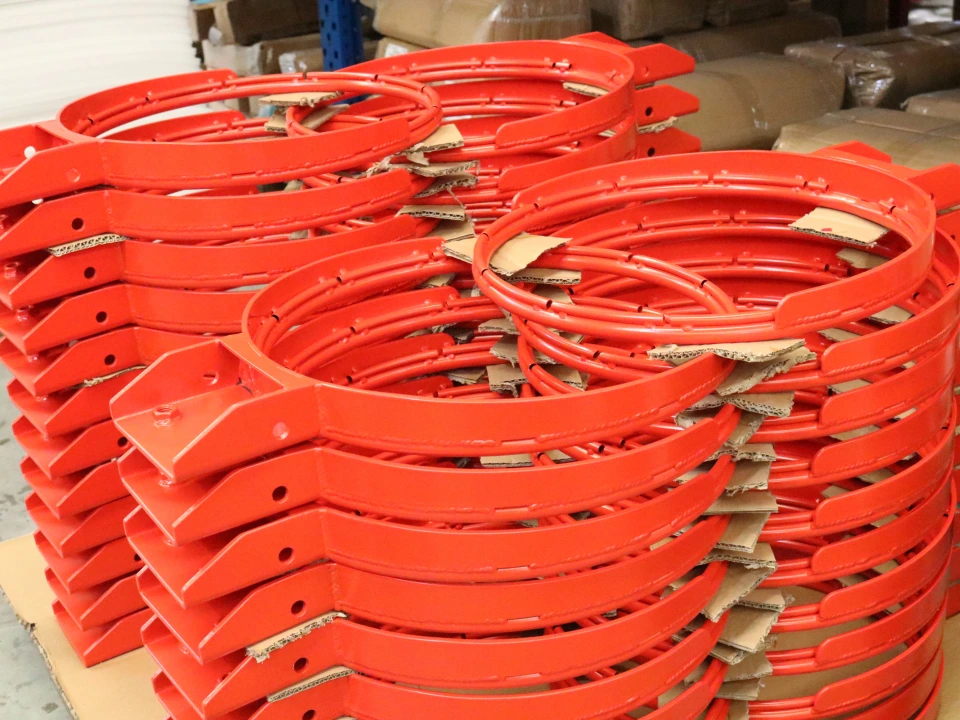What are the different types of corrosion and how do you prevent them?
Equipment on and around the sports field plays a crucial role in each facility, allowing play in the best possible conditions at all levels, for athletes, students, etc.
With a vast majority of equipment made of metallic components, corrosion over time is a critical factor to monitor to ensure safety standards are always met.
As each type of corrosion is specific, it needs to be forethought during the design stages and addressed correctly in case it occurs over the lifetime of the equipment.
1. Atmospheric Corrosion
This is a natural degradation of materials that occurs with time, in this case, bare steel, when subjected to atmospheric elements. Humidity and electrolytes in the ambient air and oxygen are catalysts for this oxidation process. Other factors can exacerbate oxidation, such as pollution and saline environments. In extreme cases, this can lead to pitting and material being removed, compromising mechanical resistance.

How to prevent it?
At Sodex Sport, equipment is designed with this in mind depending on where it will be installed, and can be tailored for harsh environments.
- Powder coating is applied to most of our equipment, creating a barrier between steel and ambient air on the external surfaces.
- Part of our range is designed in aluminum, which has a much higher natural tolerance to oxidation and is often preferred as a material for these reasons.
- For outdoor steel equipment, a galvanization process is carried out specifically to protect against corrosion on all surfaces of the equipment and can be combined with powder coating.
- Fasteners on all equipment are made from stainless steel, which by nature does not corrode.
- On moving parts, where the anti-corrosion coating cannot be applied, either stainless steel is used and parts are covered with grease to lubricate and form a barrier against the ambient air.
- Supplying maintenance guidelines to on-site personnel ensures best practices are carried out.
On-site maintenance and inspection need to be carried out regularly to prevent and identify early signs of potential corrosion and act appropriately. These can occur if the surface is damaged and the protective coating is compromised, particularly on moving parts where metal-to-metal contact occurs. If corrosion is noticed,
Carrying out periodic maintenance, according to the user manual, is the first and best step to prevent this type of corrosion.
- Decontaminating or cleaning the equipment periodically
- In cases of corrosion, the surface needs to be treated with sandpaper and reapplied with a galvanizing agent, followed by paint touch-ups if applicable.
- Re-applying grease to moving parts when applicable
- If corrosion is too advanced, parts of the equipment will need to be replaced with OEM parts to ensure compatibility and the safety of the structure.
2. Electrochemical Corrosion
This is a direct reaction between two dissimilar metals and a subsequent exchange of electrons in a cathodic and anodic reaction. Meaning one metal will degrade over time. Making sure these reactions are avoided is a crucial step during the design phase of the equipment.

How to prevent it?
Our design team specifically plans designs with corrosion-resistant metals where different metals touch, such as stainless-steel fasteners, steel structures, and aluminum accessories. An alternative to this is forming a barrier between different metal types, such as powder-coating or galvanized coating.
On-site, ensuring these coatings are undamaged and reducing the likelihood of humidity forming on equipment will help, as water accelerates the reaction.
3. Cracking Corrosion
Cracking can occur when elements are stressed beyond their intended design specifications. This can be a mishap in shipping, mishandling on-site, or misuse of the equipment during its lifetime.
Our equipment is designed and tested to EN standards, which typically account for standard stresses encountered during sports activities (dunking on a basketball backstop, for instance).

How to prevent it?
On-site:
- First and foremost, ensuring equipment is installed correctly
- Ensuring users use the equipment for its intended use and no other
- Avoiding impacts or mishandling
- If the equipment does present damage due to overstress, make sure to replace the part or equipment using OEM parts to ensure compatibility and compliance with EN standards.



In conclusion, protecting your sports equipment from corrosion is crucial for ensuring its longevity and performance.
For users, maintaining a dry storage environment, regular cleaning, and utilizing anti-corrosion accessories are simple and effective practices.
At Sodex Sport, safety, performance, and compliance with international standards are our top priorities. Our goal is to keep sports equipment in optimal condition for all your projects.

